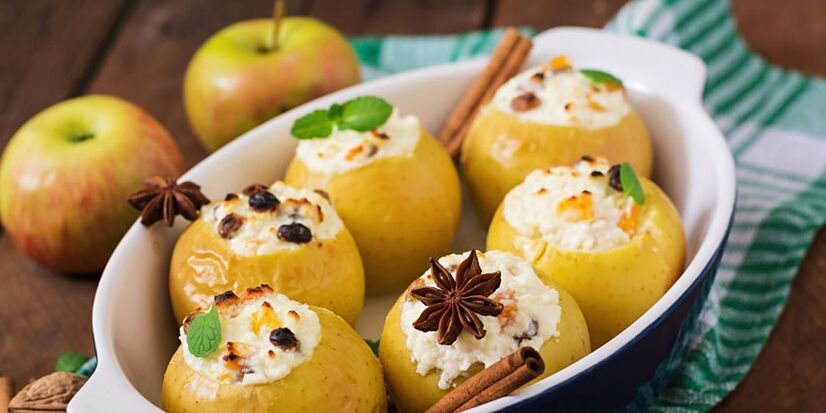An urgent problem for a modern person is allergy. This is a type of body response to the action of special substances called allergens. A person finds them by breathing, eating or in contact with the skin. Allergies can affect men and women, children and adults. The main method of treatment and prevention is a diet with a hypoallergenic diet. It is suitable not only for allergy sufferers, but also for breastfeeding mothers, who can improve the quality of their breast milk with the help of this menu.
What is a hypoallergenic diet
In medicine, allergy is a condition in which there is an increased sensitivity to external or internal stimuli. In this case, the human body perceives the harmless substances as antigens. Even with minimal contact by a person with an allergen, a large amount of IgE is produced. The mechanism of formation of an allergic reaction:
- The immunoglobulin IgE, after the first contact with the allergen, detects it and combines with mast cells and basophils (cells of the immune system).
- The result is complex. It consists of an allergen, IgE, and a mast cell or basophil.
- The complex of basophils with the blood stream penetrates into different organs: skin, nose, lungs, stomach and, with mast cells, remains immobile.
- After re-entering the body, basophils and mast cells secrete special substances - histamine and serotonin. They are needed to combat the irritant.
Histamine with serotonin causes allergic reactions: smooth muscle spasm and capillary expansion, which leads to blood thickening and edema. As allergies are often caused by food, diet should be included in the treatment regimen in addition to antihistamines. It also plays an important role in allergic reactions to medications used in raising birds and animals (antibiotics, salicylates). The diet is based on the following principles:
- exclusion of products that include cross and causal allergens;
- eat only fresh produce;
- rejection of histamino releasers - products that make the gastrointestinal tract secrete histamine from its cells: chocolate, cow's milk, coffee, wheat bran, orange juice;
- restriction in the diet of animal proteins;
- exclusion of preserves and products with colorings, preservatives and flavorings;
- restriction of simple carbohydrates, salt, fried, spicy and salty foods, alcohol;
- rejection of histamine carriers - foods with a high content of histamines in the composition (tomatoes, strawberries, hazelnuts, cocoa, spinach).
General principles
For allergy sufferers, there is a special diet - table number 5 GA (hypoallergenic). It is based on Therapeutic Diet No. 5, which is prescribed for diseases of the biliary system and liver. Adults should eat according to the principles in table number 5 for 3 weeks, children - 10 days. This is enough for the permanent disappearance of allergic manifestations. In the future, the diet is built on the following principles:
- When symptoms begin to subside, you can switch from hypoallergenic foods to a less restrictive diet and gradually expand your diet with foods with moderate allergenic activity.
- First, cooked low-fat white fish, bread, fresh onions, fruit puree and jam are introduced.
- Throughout the diet, foods are boiled or steamed. Frying and roasting will increase the allergen content.
- Nutrition must be complete in terms of proteins, fats and slow carbohydrates.
- Each new dietary product is introduced a maximum of once every 3 days. If there is no negative reaction to it, you can leave it on the menu.
- The ideal nutritional option is fractional, where the number of meals per day reaches 5-6 times.
- Products that contain easily digestible carbohydrates are totally prohibited: sweets, honey, jam, chocolate. Instead of sugar, you can use aspartame, saccharin or xylitol.
- If the cause of the allergy is not identified, all causally significant allergens must be excluded: strawberries, nuts, chocolate, honey, eggs, seafood, caviar, citrus fruits, melon, tomatoes.
- It is important to enrich the diet with calcium, which has anti-inflammatory and anti-allergic properties. This trace element is found in cottage cheese, fermented dairy products.
- All dishes that contain an allergic product are excluded from the diet menu. For example, if a reaction manifests itself in eggs, you need to give up creams, mayonnaise, casseroles, and flour-rich products.
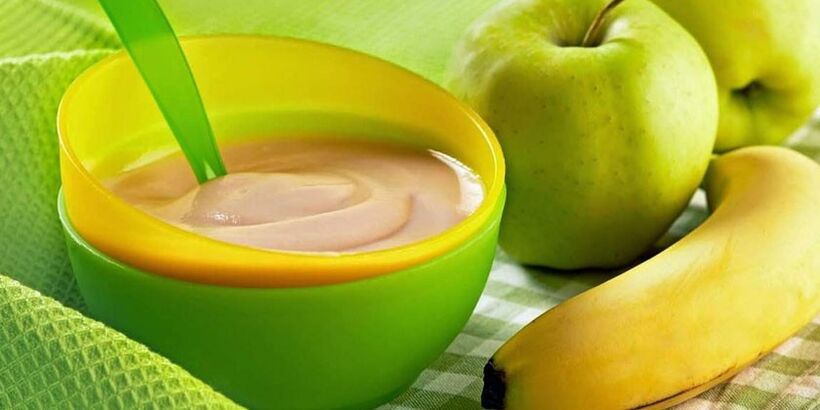
Indications
Dieting is not just effective for food allergies. A special diet helps to reduce the influence of allergens and other groups (drugs, fungi, pollen, household). On a diet, a person reduces the risk of increased clinical symptoms of the following diseases:
- Quincke's Edema;
- allergic rhinitis;
- urticaria;
- digestive tract disorders, in which the process of assimilating nutrients is interrupted;
- atopic dermatitis;
- bronchial asthma;
- allergic rhinitis.
Hypoallergenic food list
When preparing the first dishes, it is recommended to use vegetable broth without frying. It should be weak, meaning after 1-2 boils, the water is drained. It is allowed to add various herbs from the garden. Of cereals it is useful to use oatmeal, buckwheat, wheat. Potatoes are allowed as an accompaniment in the form of mashed potatoes, but only boiled in water. From fermented dairy products, you can use fresh cottage cheese with low-fat, additive-free yogurt.
To enrich your body with fat, you need to include sunflower oil or olive oil in your diet. Pasta should only be made from durum wheat. Other hypoallergenic products:
Name |
Calories per 100 g, kcal |
Fat per 100 g, g |
Carbohydrates per 100 g, g |
Proteins per 100 g, g |
|---|---|---|---|---|
vegetables, herbs |
||||
Eggplant |
24 |
0. 1 |
4, 5 |
1, 2 |
Zucchini |
24 |
0, 3 |
4, 6 |
0, 6 |
cucumbers |
15 |
0. 1 |
2, 8 |
0, 8 |
Cabbage |
27 |
0. 1 |
0. 1 |
1. 8 |
Pumpkin |
19 |
0. 1 |
4, 3 |
0, 6 |
Broccoli |
28 |
0, 4 |
5, 2 |
3, 0 |
celery |
12 |
0. 1 |
2, 1 |
0. 9 |
lentils |
284 |
1, 5 |
42, 7 |
24, 0 |
Garlic |
143 |
0, 5 |
29, 9 |
6, 5 |
asparagus |
twenty |
0. 1 |
3, 1 |
1, 9 |
Onion |
41 |
0, 0 |
10, 4 |
1, 4 |
beans |
123 |
0, 5 |
21, 5 |
7, 8 |
Cereals |
||||
Oat |
342 |
6, 1 |
59, 5 |
12, 3 |
Buckwheat |
313 |
3, 3 |
62, 1 |
12, 6 |
Wheat bran |
296 |
3, 8 |
53, 6 |
15, 1 |
Semolina |
328 |
1. 0 |
73, 3 |
10, 3 |
Cereals |
366 |
7, 2 |
69, 3 |
11, 9 |
fruit |
||||
peaches |
46 |
0. 1 |
11, 3 |
0. 9 |
Nectarines |
48 |
0, 2 |
11, 8 |
0. 9 |
Apples |
47 |
0, 4 |
9, 8 |
0, 4 |
pears |
42 |
0, 2 |
10, 9 |
0, 4 |
dairy products |
||||
Kefir 0% |
thirty |
0. 1 |
3, 8 |
3, 0 |
Kefir 1% |
40 |
1. 0 |
4. 0 |
2, 8 |
Curd 0. 6% |
88 |
0, 6 |
1. 8 |
18, 0 |
Me at |
||||
Cooked chicken |
170 |
7, 4 |
0, 0 |
25, 2 |
cooked turkey fillet |
130 |
1. 0 |
0, 0 |
25, 0 |
cooked meat |
254 |
16, 8 |
0, 0 |
25, 8 |
beef stew |
232 |
18, 3 |
0, 0 |
16, 8 |
A fish |
||||
Sole |
90 |
3, 0 |
0, 0 |
15, 7 |
Sole |
103 |
3, 0 |
0, 0 |
18, 9 |
Cod |
69 |
0, 6 |
0, 0 |
16, 0 |
Seaweed |
49 |
5, 1 |
0, 0 |
0, 8 |
Drinks |
||||
rosehip juice |
70 |
0, 0 |
17, 6 |
0. 1 |
prohibited food
The list of prohibited foods includes fish and meat broths. It is also necessary to refuse a hypoallergenic diet of fatty varieties of red meat, poultry (goose and duck), whole milk and most types of sausages. Strong allergens are citrus fruits, sweets, seafood (squid, mussels, shrimp). The same applies to all salty foods, pickles, canned foods. The ban also includes:
- Gooseberry;
- lemons, mangoes, grapes, grapefruit, pomegranates, bananas, oranges, tangerines;
- nuts, raisins;
- carrots, salad peppers, tomatoes;
- White rice;
- jams, sweets, ice creams, cakes;
- condensed milk, sour cream 30%, 40%, cheese, cottage cheese 18%;
- vinegar, mayonnaise;
- lamb, smoked chicken, sausage, sausage, pork fat;
- semi-finished fish and canned food, mackerel, sardines, caviar;
- butter, margarine, coconut and palm oil;
- white dessert and dry wines, vodka, brandy, beer, liquor;
- cola, coffee, pepsi, sprite;
- cranberry.
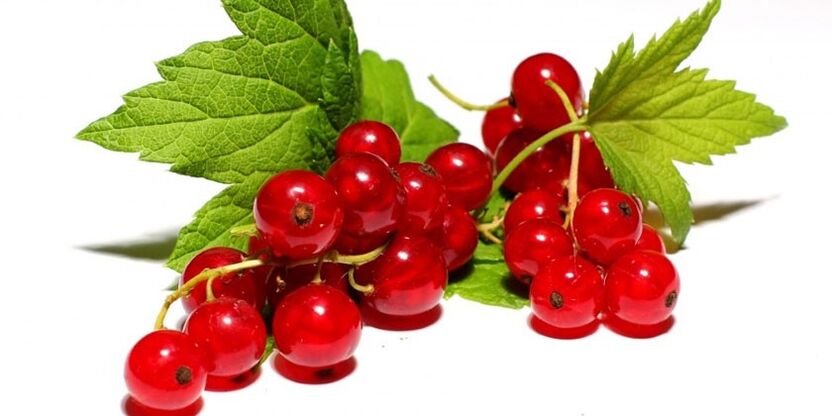
Hypoallergenic diet menu
Keeping a food diary can help alleviate allergies when following a hypoallergenic diet. In it, you can record the foods or meals used in the diet and the reaction to them. Because of this, it will be possible to accurately identify allergens and exclude them from your menu. Also, a diary makes it easy to keep track of the variety of your diet. This is important because scientists have found that with the same menu, you are more likely to develop allergies. In the diary, you can prescribe various options for a hypoallergenic diet menu, and then buy only the necessary ingredients.
For kids
A hypoallergenic menu for a child is designed according to the same principles as for adults. There is only one important difference - with long-term adherence to this diet, there is a high risk of protein, carbohydrate and micronutrient deficiency. This leads to a delay in physical development. Table number 5 is used depending on health status for 7 to 10 days just for the start. The doctor then selects individual hypoallergenic products for children. Menu Options:
Diet menu option |
Breakfast |
Dinner |
Dinner |
|---|---|---|---|
1 |
Slimy buckwheat porridge, cheese, apple, tea. |
Potato soup with noodles, steamed beef cutlet with boiled vegetables, jam. |
Stewed meat with boiled potatoes, tea. |
two |
Oat flakes in water, dry crackers. |
Lean beef soup without carrots, corn salad, chinese cabbage and cucumber salad. |
Steamed meat dumplings with boiled cauliflower, jam. |
3 |
Buckwheat flakes with kefir. |
Mashed potatoes in water, boiled cauliflower, lean veal, berry jam. |
Chicken Stew with Peas and Vegetables. |
For adults
If the hypoallergenic diet for children lasts 7 to 10 days, adults can follow it longer - up to 2 to 3 weeks. The menu in both cases has practically no differences, as the same list of anti-allergic products is used for its construction. Daily Diet Options for Adults:
Menu option |
Breakfast |
Dinner |
Dinner |
|---|---|---|---|
1 |
Crushed buckwheat porridge, green tea with croutons, baked apple. |
Steamed chicken cutlets, vegetable soup, rosehip broth. |
Vinaigrette, tea with diet biscuits. |
two |
Semolina porridge with water, fresh low-fat cheese, apple juice with cracker. |
Meat cutlets, vegetable soup with wheat grains, tea with biscuit crackers. |
Pea puree, meatballs. |
3 |
Cottage cheese casserole, kefir. |
Veal cutlets, buckwheat porridge, vegetable soup. |
Cabbage and zucchini soup, steamed chops, rosehip broth. |
Hypoallergenic recipes
The basic principle for choosing recipes is that ready-to-eat meals should have a beneficial effect on the digestive tract. For this reason, salting, fermentation and fermentation are totally excluded. Steaming or boiling is considered gentle on the stomach. These preparation methods help to reduce the allergenic activity of the ingredients used. Fruits and vegetables are not eaten raw either, but cooked or roasted.
First
Mainly soups are included in the list of hypoallergenic first dishes. Potatoes are often used for cooking. It is recommended to soak in cold water beforehand. It takes a few hours to reduce the amount of starch in a vegetable. The soup broth should be the second or third. This means that after boiling, the liquid is drained 1-2 times. Therefore, the fat content of the finished soup will be much lower.
Vegetable soup with wheat grains
The peculiarity of this soup lies in a special ingredient - celery. Dishes with it are often found in different diets, including hypoallergenic ones. Celery tastes like carrots and parsley. Its leaves have a spicy and fresh aroma. The benefits of celery are manifested not only in allergies, but also in weight loss. In the soup according to this recipe, it is combined with potatoes, cabbage and dill. Garlic adds a little spice to the dish.
Ingredients:
- onions - 0, 5-1 units;
- white cabbage - 100 g;
- chopped wheat groats (bulgur) - 50 g;
- celery - 1 small root;
- water - 1. 5-1. 6 l;
- potato tubers - 3 pcs. ;
- dill or other vegetables - 1 branch;
- clove of garlic - 2 pcs.
Cooking method:
- Boil the water, dip the bulgur in it.
- Then cut the peeled potatoes and add to the broth.
- Peel the onion, chop finely and add to the rest of the ingredients.
- Rinse the celery, dip into the broth.
- After boiling again, reduce heat.
- Cook for 15-20 minutes under the lid.
- Remove some potatoes, mash and return.
- Wash the cabbage leaves, dry, chop and place in the soup almost ready.
- Cook for another 10 minutes, then remove and discard celery.
- Finely chop the vegetables and garlic cloves, season the soup with them.
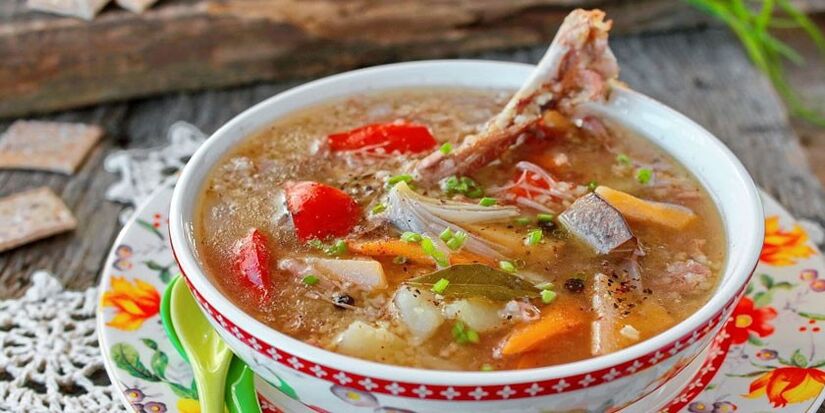
Potato soup with noodles
This dish requires a minimal amount of food. The soup is suitable for adults and children. The onions in the broth are barely felt as they are boiled. Because the vegetable is placed right at the beginning of cooking, the meat ends up being very tasty. It is permissible to substitute lean meat for chicken, but this will make the soup a little fatter and it will take an extra 30-60 minutes to cook.
Ingredients:
- small onion - 1 pc. ;
- greens - to your liking;
- chicken fillet - 800 g;
- premium noodles - 200 g;
- potato tubers - 4-5 units;
- water - 4 l.
Cooking method:
- Pour the meat well washed with water, place the pan on high heat.
- Bring to a boil and drain the liquid.
- Pour the same amount of water again, boil again, remove the foam.
- At this time, peel the onion from the skin, chop finely, add to the broth.
- Lower heat, cook 30-40 minutes until meat is done, then remove, cut into pieces and return.
- Cook the vermicelli separately in lightly salted water. This is necessary to prevent the broth from becoming cloudy due to sediment.
- Peel, rinse and chop the potatoes. Dip slices in broth and cook for 5 minutes.
- Then fill the soup with cooked noodles.
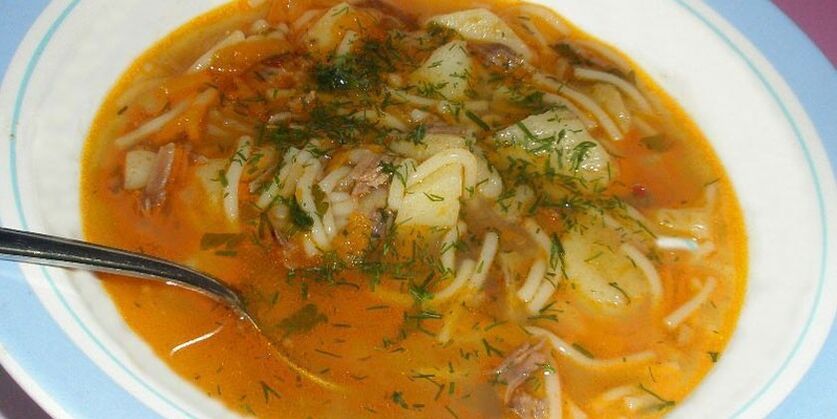
Second
Main courses are also vegetables or meat. Cutlets, dumplings, meatballs and meatballs are mostly steamed. The meat can be mashed, goulash and even beef stroganoff or souffle. In the recipe for the last dish, the minced meat is mixed with milk sauce, yolk and beaten egg whites. The soufflé is already suitable for the phase in which foods with a moderate degree of allergenicity are gradually introduced. Vegetables can be served as an accompaniment to meat, but they are only cooked, boiled or roasted, as frying increases allergy to the ingredients.
Cabbage and zucchini puree soup
The advantage of the pureed soup is that it has a smooth and homogeneous consistency, with which the dish does not irritate the stomach and intestines. In these recipes, not only meat is used, but also vegetables. An unusual combination - zucchini and cauliflower. The first vegetable has a neutral flavor and is therefore combined with many ingredients. Also, they have no contraindications. Cauliflower is not recommended for gastrointestinal problems.
Ingredients:
- zucchini - 2-3 pieces;
- onion head - 1 pc. ;
- celery - 5-7 stalks;
- parsley - 1-2 branches;
- water or weak vegetable broth - 1 liter;
- cauliflower - 1 head of cabbage;
- low-fat cream - 100 g.
Cooking method:
- Divide the cauliflower inflorescences into smaller ones, peel the zucchini and rinse the vegetables, including the celery.
- Chop the onion into cubes. Repeat with zucchini, celery, cauliflower.
- Place all vegetables in the bottom of a pan and cover with water. Boil, cook until ingredients are tender.
- Then let it cool, transfer to a blender and blend until smooth.
- Pour the batter back into the pan, add the cream and cook over low heat for a few minutes.
- When serving, sprinkle with chopped herbs.
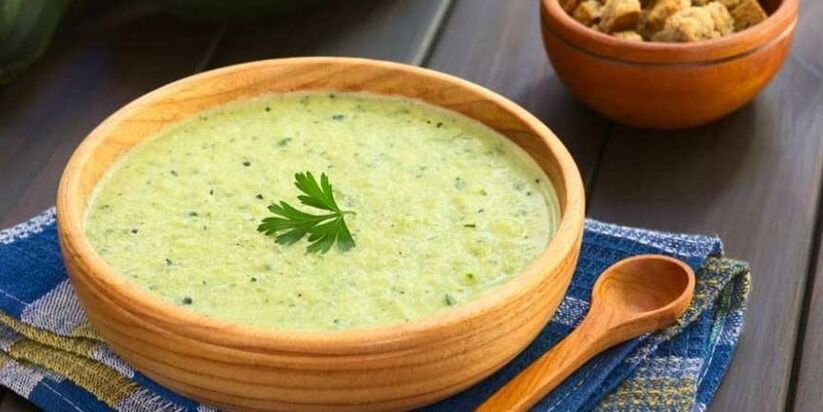
steamed dumplings
Knees are understood to be one of the types of dumplings - dumplings made from minced meat from fish, poultry or other meat. The difference between cookie dough and cutlet dough is that it is fluffier and softer. For this reason, dumplings are best suited for children's hypoallergenic and dietary diets. Another feature of this dish is steam cooking, as the meat retains more vitamins. Also, extinguishing the vapor is easier for the stomach to digest.
Ingredients:
- low-fat milk - 2 tbsp. ;
- egg whites - 2 pcs. ;
- beef pulp - 800 g;
- wheat bread - 1 slice.
Cooking method:
- Soak the bread in half of the entire portion of milk, leave for half an hour.
- At this time, chop the meat using a meat grinder.
- Squeeze the bread, add the minced meat, grind everything in a sieve.
- Mix the resulting mass well, add the egg whites.
- Pour in the remaining milk.
- Shape the minced meat into medium balls and place on a steaming serving dish. Cook for 15 minutes.
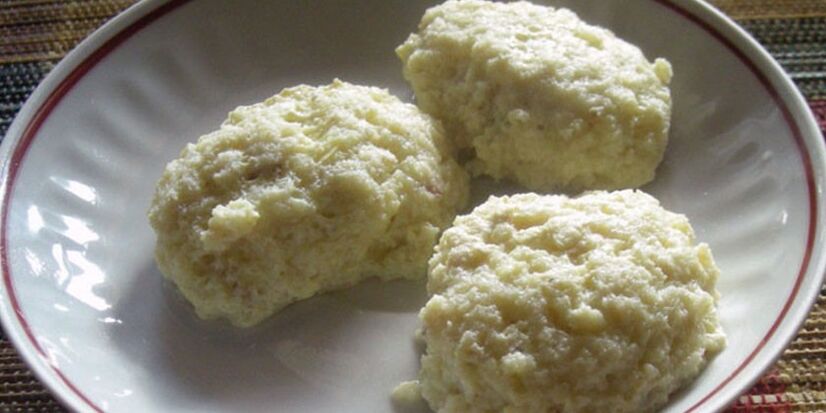
Dessert
Although sweets are banned on a hypoallergenic diet, you can still diversify your menu with treats. You just need to cook them properly. The best hypoallergenic desserts are fruit, kefir or cottage cheese. The main thing is that fermented dairy products are not acidic. A common pear, cut into pieces or ground until pureed, will add sweetness to them. Cottage cheese is the best base for a casserole dish. It can also be prepared with the addition of permitted fruits. Baked apples are a popular dessert of the latter. They are even combined with cottage cheese - it turns out tasty and healthy.
cottage cheese casserole
As eggs belong to the category of products with a high degree of allergenic activity, it is not recommended to use them with a hypoallergenic diet, especially for children. The casserole can be prepared without these ingredients. Flour is also easy to substitute for semolina, which will give the dish a dense consistency. To add a sweet taste, it is permissible to add any hypoallergenic fruits to the curd. Sugar should be added after the end of a restricted diet, that is, after 7 to 10 days.
Ingredients:
- pear - 3 pieces;
- low-fat cottage cheese - 400 g;
- sugar - 1 tsp;
- semolina - 4 tbsp. me . ;
- kefir or yogurt without any additives - 3 tbsp. me.
Cooking method:
- Take a bowl, where to put the cottage cheese with yogurt or kefir, mix well.
- Add cereal, sugar. Stir again.
- Wash the pears, peel and chop well.
- Add the fruit to the curd mass, stir, transfer to a greased baking sheet.
- Bake for half an hour. The ideal temperature is 180 degrees.

Baked apples
This is the most popular diet dessert and at the same time hypoallergenic. As allergic people are not advised to eat fresh fruit, they can be roasted. It will be not only tasty, but also good for the stomach. Apples are the perfect fruit for this dessert. They are roasted not only in the oven, but also in the microwave, so the delicacy is prepared very quickly and easily. To make the dessert even more useful, you can stuff the fruit with cottage cheese. Don't just use recipes where honey must be added inside the apple.
Ingredients:
- apple - 3 pcs. ;
- low-fat cream - 2 tbsp. me . ;
- cottage cheese - 100 g;
- vanillin - on the tip of a knife.
Cooking method:
- Rinse the apples, cut the stone, but so that the bottom of the fruit remains intact and a kind of glass forms.
- Mix the cottage cheese with the cream, add the vanillin, bring the dough to a smooth consistency.
- Stuff the apples with the curd mixture.
- Place the fruits on a baking sheet and bake for 25-30 minutes at 200 degrees.
